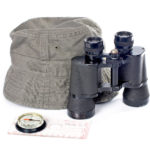 There are a lot of resources that may be used in the homeschool classroom. Given here is a list of four resources that will make it much easier for the homeschool parent in the classroom.
There are a lot of resources that may be used in the homeschool classroom. Given here is a list of four resources that will make it much easier for the homeschool parent in the classroom.
A White Board
So much can be explained and done on a white board. It does not have to be very large, but it would be a good idea if it is hung up on a wall of the homeschool classroom. Ensure that you have white board markers in all different colors available along with a duster to wipe the board clean.
Art and Craft Supplies
No matter what subject you decide to make a project in, you will need all kinds of art supplies. It’s a good idea to invest in these scissors, cutters, colors, pencils, sharpers, glue and staplers in bulk. They do not spoil over time and they will always be used in the homeschool classroom.
A Laptop and Color Printer
Most families will already have a computer dedicated to the homeschool classroom. Having a laptop with an internet connection is such a basic requirement, that it need not even be mentioned. However having a color printer available at home is a resource that is quite invaluable. So many worksheets, lesson plans, notes and more can be printed out right in the homeschool classroom if a color printer is available.
A Lamination Machine
This may at first not seem to be a very useful resource to spend money on in a homeschooling family. However the sheer number of pages, documents, flash cards, and chore lists that you can laminate and save time on later will be well worth the initial expense of investing in a lamination machine.
A Kindle
Books are the best resource that a homeschool classroom can invest in. However physical books take up a lot of space, which can be in short supply in the homeschool classroom. They also tend to cost much more than their digital counterparts. This means that buying and using e-books is a much better alternative to spending on physical books. Plus with the Amazon Kindle, you have the option to use the Kindle Unlimited membership to have free access to hundreds of books at a very low cost.


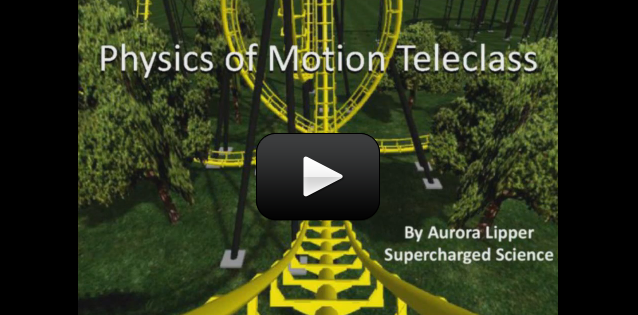


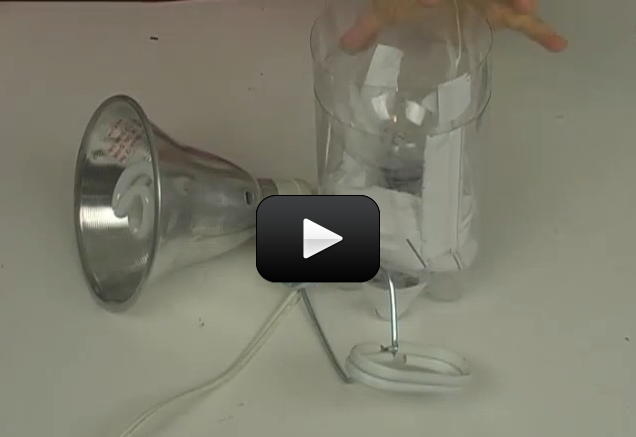
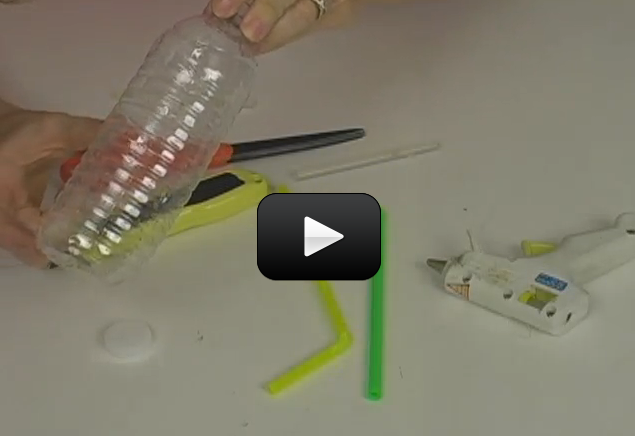
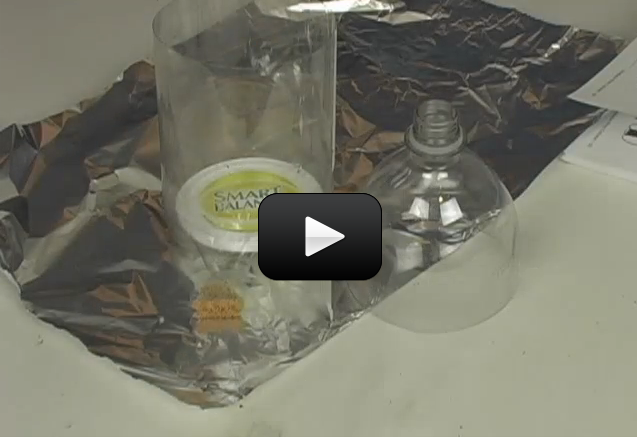
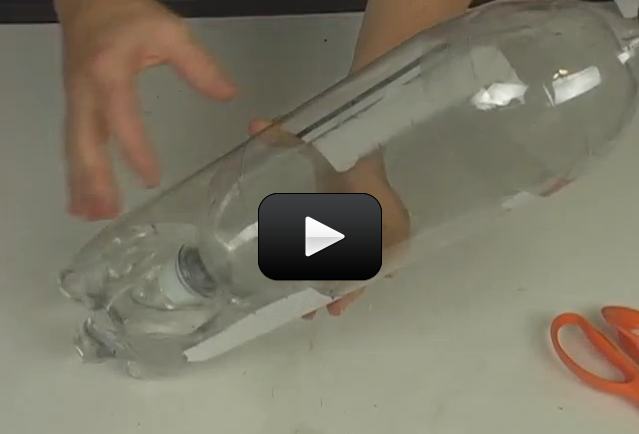


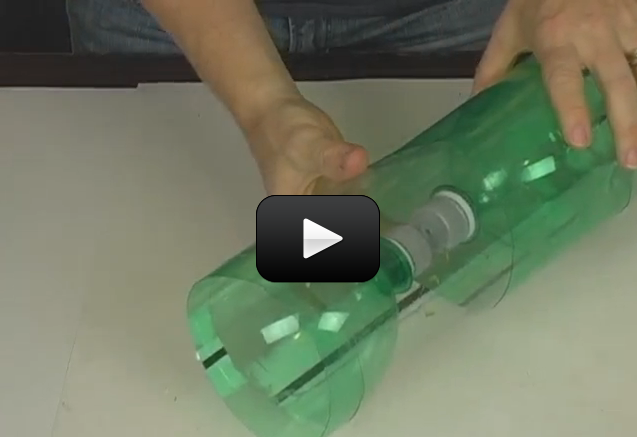

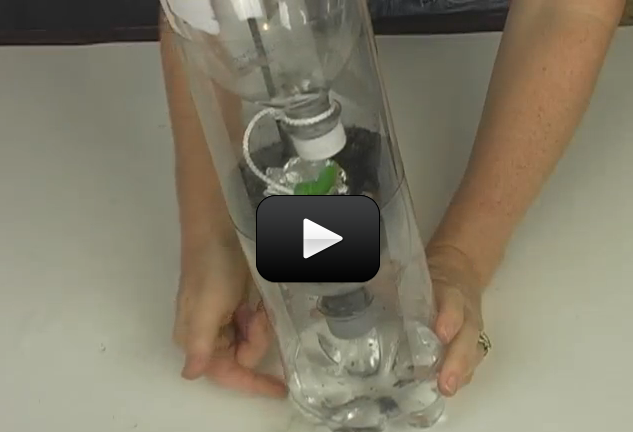
 When birds and animals drink from lakes, rivers, and ponds, how pure it is? Are they really getting the water they need, or are they getting something else with the water?
When birds and animals drink from lakes, rivers, and ponds, how pure it is? Are they really getting the water they need, or are they getting something else with the water?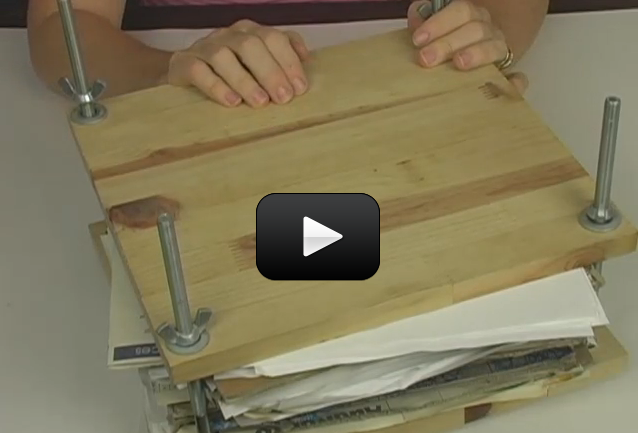
 The technological advances made in the last decade alone have created a generation gap between the current set of parents and their children. As gadgets allow the homeschool students to connect to the internet in new ways and gain more information, it’s imperative that the homeschool parent teach the homeschool class to use technology wisely.
The technological advances made in the last decade alone have created a generation gap between the current set of parents and their children. As gadgets allow the homeschool students to connect to the internet in new ways and gain more information, it’s imperative that the homeschool parent teach the homeschool class to use technology wisely.
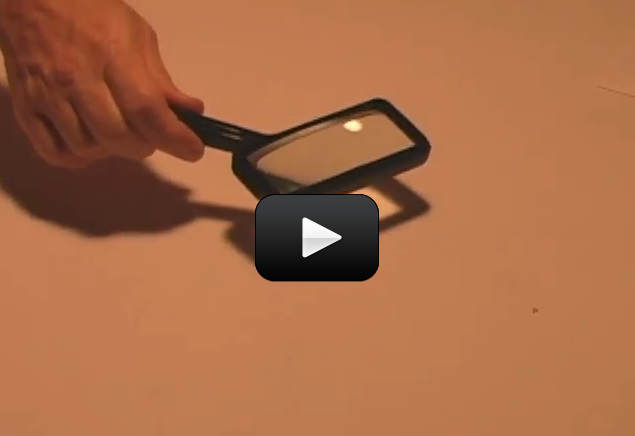
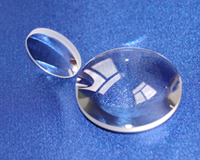
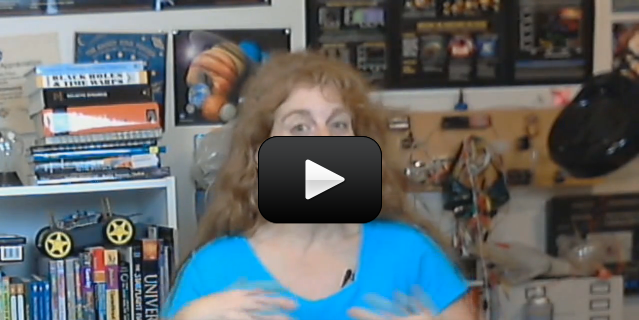

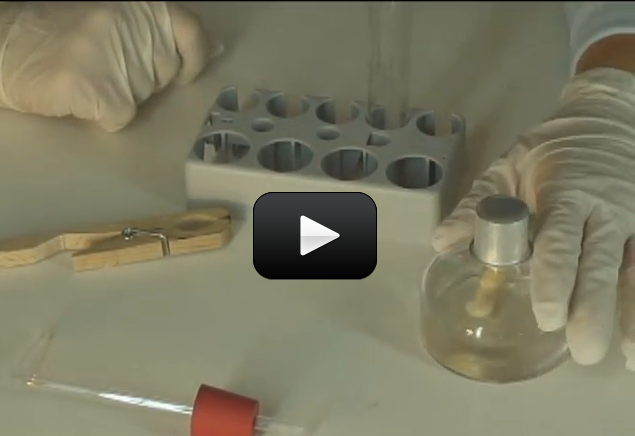
 If you’ve ever owned a fish tank, you know that you need a filter with a pump. Other than cleaning out the fish poop, why else do you need a filter? (Hint: think about a glass of water next to your bed. Does it taste different the next day?)
If you’ve ever owned a fish tank, you know that you need a filter with a pump. Other than cleaning out the fish poop, why else do you need a filter? (Hint: think about a glass of water next to your bed. Does it taste different the next day?)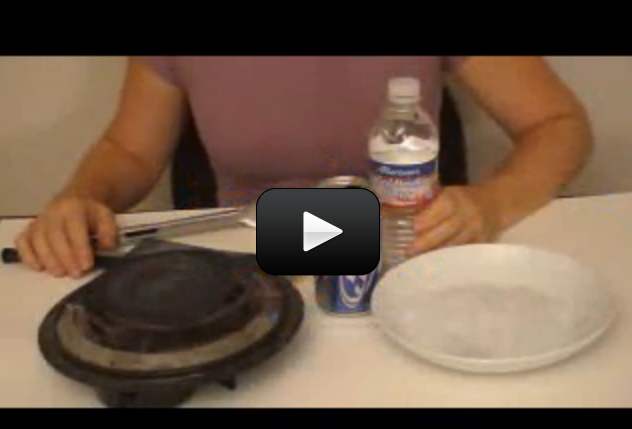
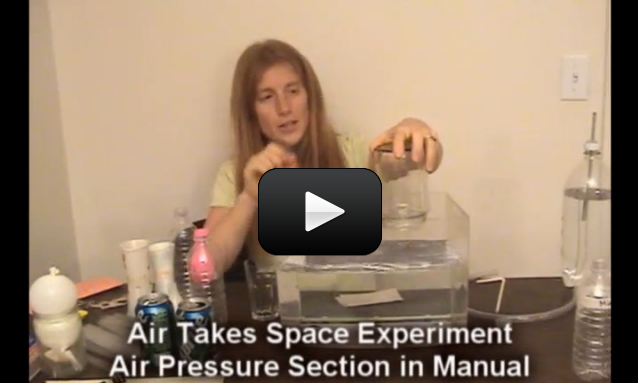
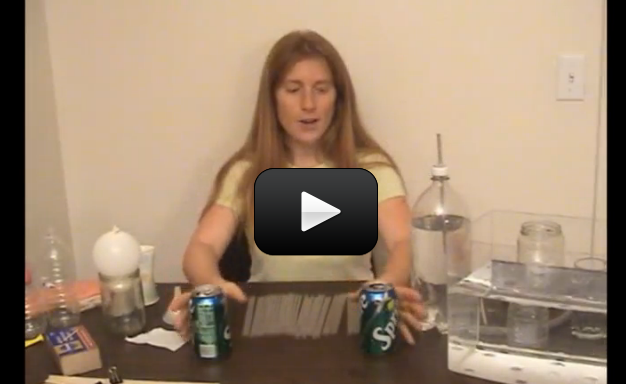
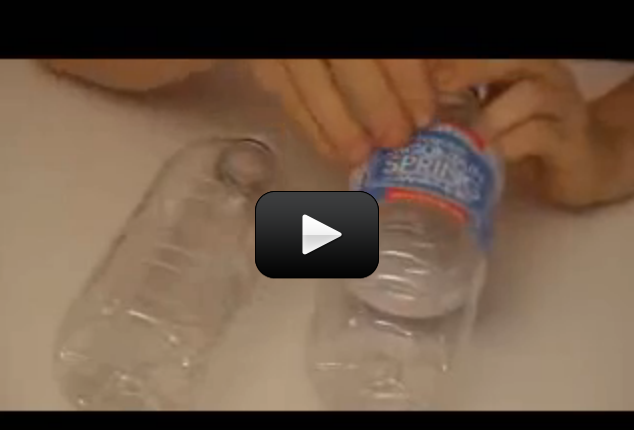
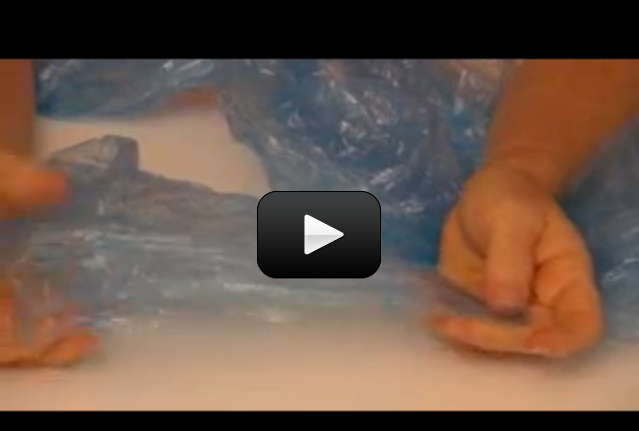
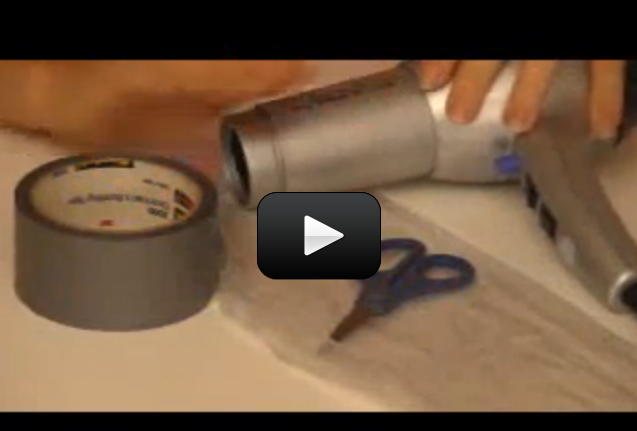
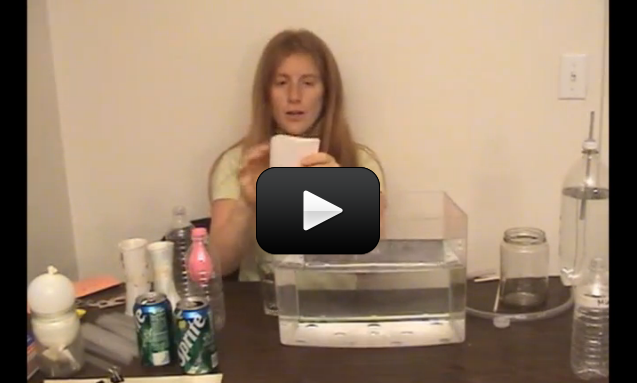
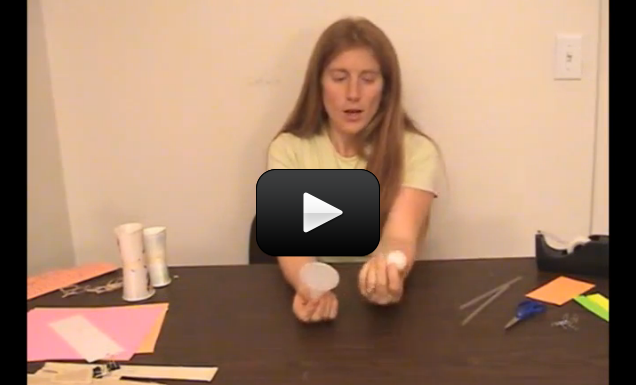
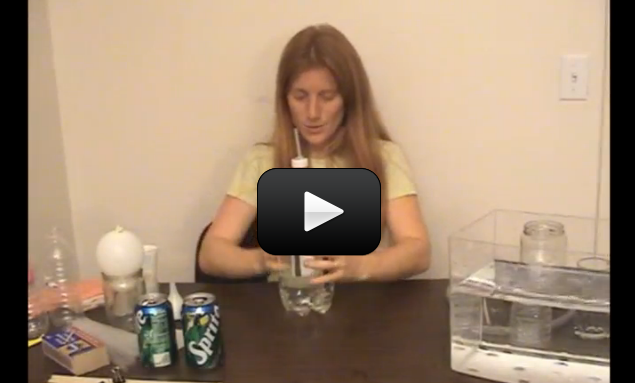
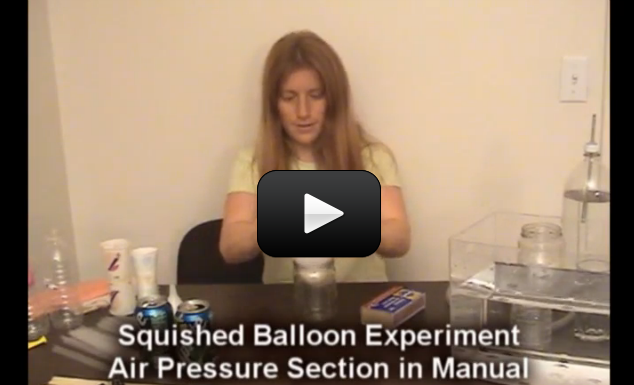
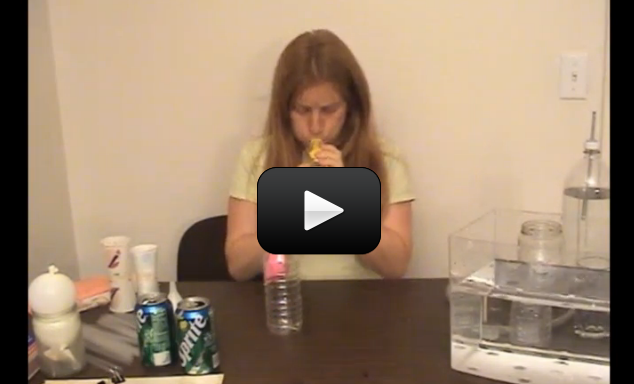
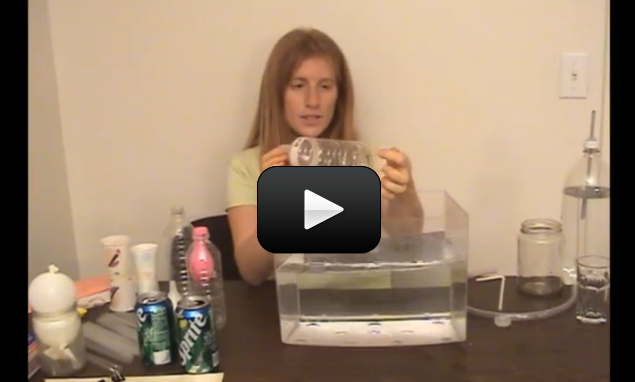
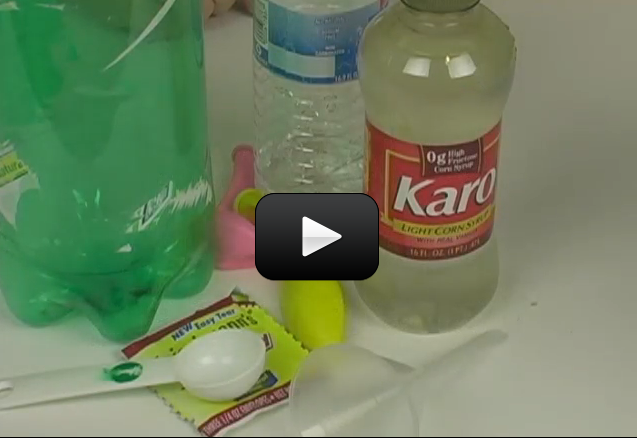


 Fossil fuels, which include petroleum, natural gas, and coal, supply nearly 90 percent of the energy needs of the United States and other industrialized nations. Because of their high demand, these nonrenewable energy resources are rapidly being consumed. Coal supplies are expected to last about a thousand years.
Fossil fuels, which include petroleum, natural gas, and coal, supply nearly 90 percent of the energy needs of the United States and other industrialized nations. Because of their high demand, these nonrenewable energy resources are rapidly being consumed. Coal supplies are expected to last about a thousand years.


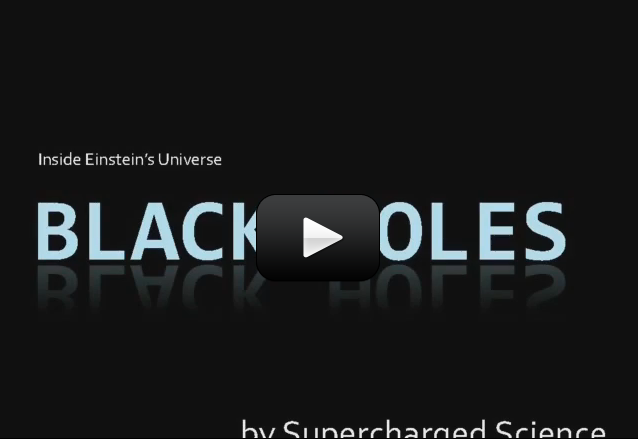
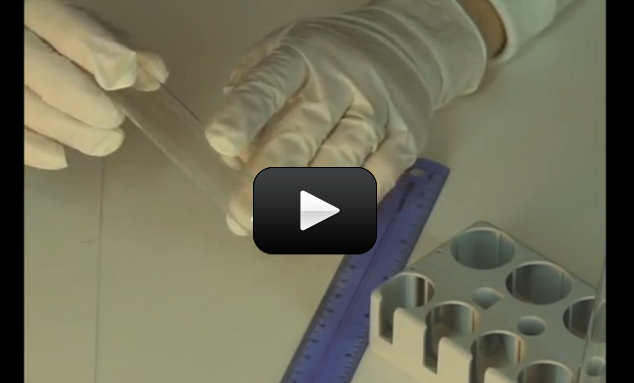

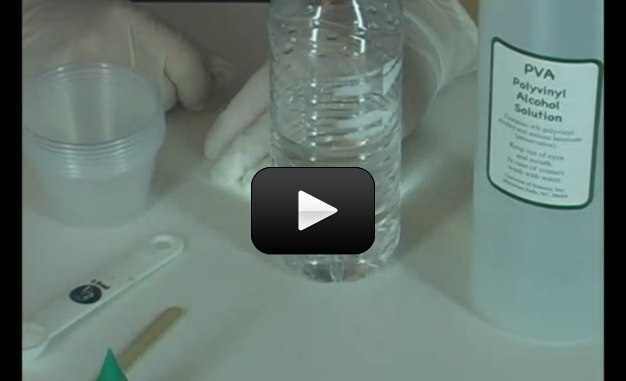

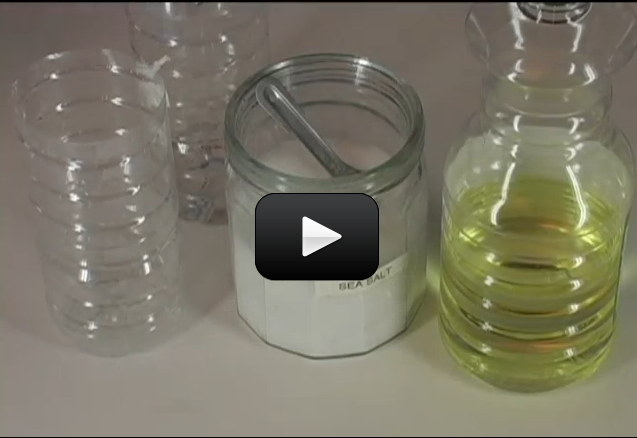
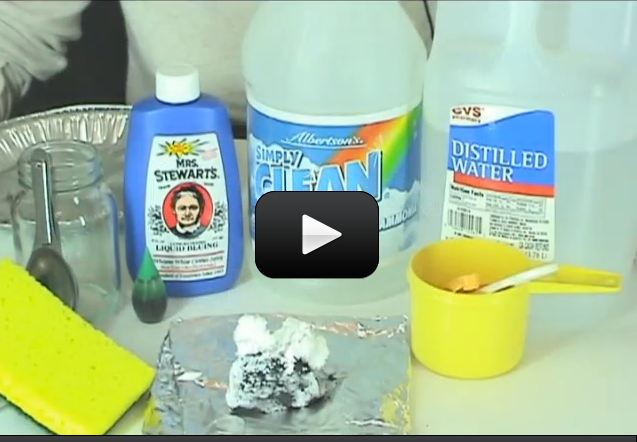
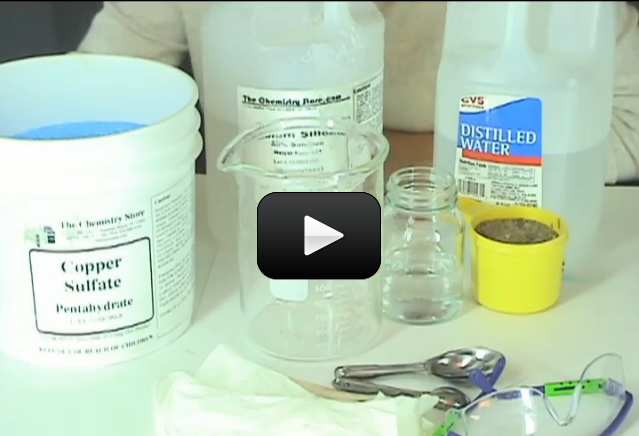
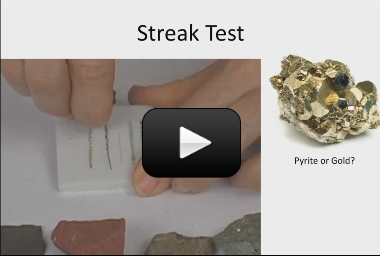
 There is little that can be done without rules in the homeschool classroom. The homeschooling parent needs to make the rules very clear to the children so that they can be followed. Also important is to make the children understand that if the rules are not followed, there will be consequences. These must also be defined for breaking each rule. Here are a few house rules to get you started.
There is little that can be done without rules in the homeschool classroom. The homeschooling parent needs to make the rules very clear to the children so that they can be followed. Also important is to make the children understand that if the rules are not followed, there will be consequences. These must also be defined for breaking each rule. Here are a few house rules to get you started.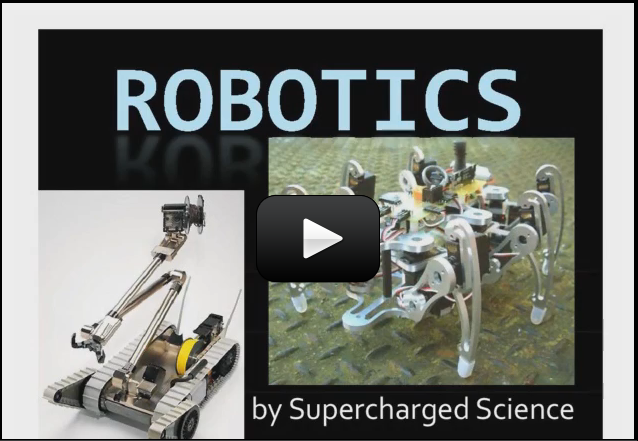
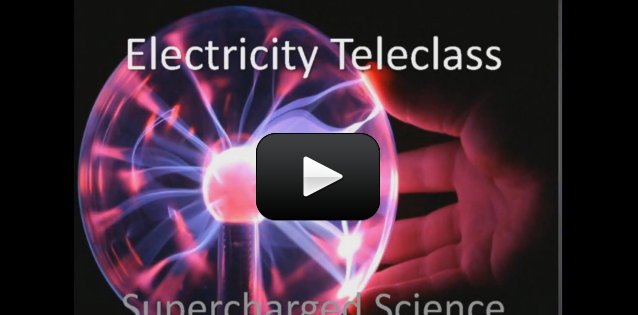

 Many homeschooling families have to get creative about how to make up for the loss of a second income because one of the parents chooses to stay at home and homeschool the children. Most of them come up with ideas to work from home along with handling their homeschooling responsibilities. This is easier with the many opportunities that are present with working online. However would it be possible for the homeschooling parents to both work away from the home and still do justice to homeschooling the children? Here are some ways that could make it work.
Many homeschooling families have to get creative about how to make up for the loss of a second income because one of the parents chooses to stay at home and homeschool the children. Most of them come up with ideas to work from home along with handling their homeschooling responsibilities. This is easier with the many opportunities that are present with working online. However would it be possible for the homeschooling parents to both work away from the home and still do justice to homeschooling the children? Here are some ways that could make it work.


 A homeschool family depends on one individual to provide all it’s needs. Be it in the homeschool classroom or at home in general. This means that the homeschool teacher, usually the mom, has a lot of pressure on her at all times to perform at her best. Here are some resources that allow a homeschool teacher to meet all the needs of her family in a stress free and organized manner.
A homeschool family depends on one individual to provide all it’s needs. Be it in the homeschool classroom or at home in general. This means that the homeschool teacher, usually the mom, has a lot of pressure on her at all times to perform at her best. Here are some resources that allow a homeschool teacher to meet all the needs of her family in a stress free and organized manner.
 There are a lot of resources that may be used in the homeschool classroom. Given here is a list of four resources that will make it much easier for the homeschool parent in the classroom.
There are a lot of resources that may be used in the homeschool classroom. Given here is a list of four resources that will make it much easier for the homeschool parent in the classroom. Cutting down on expenses is not always easy when you have a classroom full of homeschool students. However there is always a way to stretch what resources you do have to benefit everyone. Here are some ways that you can do more without going bankrupt in your homeschool classroom.
Cutting down on expenses is not always easy when you have a classroom full of homeschool students. However there is always a way to stretch what resources you do have to benefit everyone. Here are some ways that you can do more without going bankrupt in your homeschool classroom.
 Money is always a consideration when a homeschool parent looks into resources for their homeschool students. There are always surprise expenses that tend to throw the homeschool budget out of kilter each academic session. However that does not mean that the homeschool students will have to do without good study material. Here are some ways to homeschool effectively on a shoestring budget.
Money is always a consideration when a homeschool parent looks into resources for their homeschool students. There are always surprise expenses that tend to throw the homeschool budget out of kilter each academic session. However that does not mean that the homeschool students will have to do without good study material. Here are some ways to homeschool effectively on a shoestring budget. While every homeschooling parent would like to pretend that the picture perfect classroom runs like clockwork everyday, we all know that it’s a fallacy. There will be good days just as often as there will be bad days in the homeschool classroom. The idea is to keep trying to gather as many good and productive days that you can with your homeschool students. However there are some emotional costs of homeschooling that a homeschool teacher may find difficult to pay.
While every homeschooling parent would like to pretend that the picture perfect classroom runs like clockwork everyday, we all know that it’s a fallacy. There will be good days just as often as there will be bad days in the homeschool classroom. The idea is to keep trying to gather as many good and productive days that you can with your homeschool students. However there are some emotional costs of homeschooling that a homeschool teacher may find difficult to pay.

 A High School Diploma is usually considered a must for admission into a college. It is a good idea to get in touch with a college counselor to get details of what kind of homeschool diploma will be acceptable to the college for admission purpose. For a homeschool student who may have completed the high school requirements at home, is it possible to get a formal diploma?
A High School Diploma is usually considered a must for admission into a college. It is a good idea to get in touch with a college counselor to get details of what kind of homeschool diploma will be acceptable to the college for admission purpose. For a homeschool student who may have completed the high school requirements at home, is it possible to get a formal diploma?
 The madness is over and so are the holidays. It’s time to get back into the homeschool classroom, but your homeschool students are not too comfortable with the idea of going back to school after so much fun and freedom. How do you make the transition back to regular school easy on them and on yourself? Here are a few ideas and tips that may help.
The madness is over and so are the holidays. It’s time to get back into the homeschool classroom, but your homeschool students are not too comfortable with the idea of going back to school after so much fun and freedom. How do you make the transition back to regular school easy on them and on yourself? Here are a few ideas and tips that may help.
 Self-doubt is the worst affliction that a homeschool teacher can be afflicted with. There are so many people around you being negative about homeschooling that it’s difficult to keep telling yourself that you are doing the right thing. Questions such as “Am I doing the right thing?” or “Is my child getting all that he needs?” are usually floating through the minds of any new homeschooling parent. How do you deal with it? By asking yourself some tough questions.
Self-doubt is the worst affliction that a homeschool teacher can be afflicted with. There are so many people around you being negative about homeschooling that it’s difficult to keep telling yourself that you are doing the right thing. Questions such as “Am I doing the right thing?” or “Is my child getting all that he needs?” are usually floating through the minds of any new homeschooling parent. How do you deal with it? By asking yourself some tough questions. No matter how hard you try, the holidays are likely to throw the schedule you have for your homeschool classroom out of kilter. While this is especially true for those who are new to homeschooling, most homeschool teachers will face this issue to some degree. This means that you need to reorganize what you will be teaching the next month to include what you have been unable to teach this month.
No matter how hard you try, the holidays are likely to throw the schedule you have for your homeschool classroom out of kilter. While this is especially true for those who are new to homeschooling, most homeschool teachers will face this issue to some degree. This means that you need to reorganize what you will be teaching the next month to include what you have been unable to teach this month.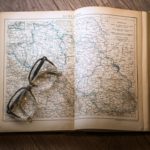

 The holidays can be fraught with numerous activities and trying to schedule a regular homeschool day in the midst of Church activities, Christmas shopping, carol singing and gift exchanges can be difficult. Instead why not shift the focus during the holidays on other activities?
The holidays can be fraught with numerous activities and trying to schedule a regular homeschool day in the midst of Church activities, Christmas shopping, carol singing and gift exchanges can be difficult. Instead why not shift the focus during the holidays on other activities?
 Random Acts of Kindness done during the month of December allow homeschool children to realize that there’s more to the holidays than gifts and merry making. Put up a list of such random acts in the homeschool classroom and ask your homeschool students to tick off at least ten by the time the month’s over. Here are some suggestions that you can use for kids in different age groups.
Random Acts of Kindness done during the month of December allow homeschool children to realize that there’s more to the holidays than gifts and merry making. Put up a list of such random acts in the homeschool classroom and ask your homeschool students to tick off at least ten by the time the month’s over. Here are some suggestions that you can use for kids in different age groups. A number of states have different legislation required when it comes to homeschooling within the United States of America. Some states are easier to homeschool in than others. States requiring no notice to the school district include Alaska, Connecticut, Idaho, Illinois, Iowa, Indiana, Michigan, Missouri, New Jersey, Oklahoma and Texas. The HSLDA is an organisation that allows you to find out the legal requirements you need to meet when you are considering homeschooling.
A number of states have different legislation required when it comes to homeschooling within the United States of America. Some states are easier to homeschool in than others. States requiring no notice to the school district include Alaska, Connecticut, Idaho, Illinois, Iowa, Indiana, Michigan, Missouri, New Jersey, Oklahoma and Texas. The HSLDA is an organisation that allows you to find out the legal requirements you need to meet when you are considering homeschooling.
 Homeschooling Parents are free to either use a fixed curriculum or pick and choose books and resources for each subject. The choice is often difficult to make. Should you save time by picking up a ready made curriculum offered for the grade your homeschool student is in? Or should you be flexible about what your child may or may not study in the academic session based on his or her interest?
Homeschooling Parents are free to either use a fixed curriculum or pick and choose books and resources for each subject. The choice is often difficult to make. Should you save time by picking up a ready made curriculum offered for the grade your homeschool student is in? Or should you be flexible about what your child may or may not study in the academic session based on his or her interest? The winter months can be chaotic for homeschooling families. Not only is the weather chilling the bones, the holidays mess up all the daily routines that worked so well through the rest of the year. Here are some activities that may help the homeschooling parent make some progress with the learning of the homeschool students.
The winter months can be chaotic for homeschooling families. Not only is the weather chilling the bones, the holidays mess up all the daily routines that worked so well through the rest of the year. Here are some activities that may help the homeschooling parent make some progress with the learning of the homeschool students.
 The winter months can lead to a complete loss of outdoor activities for homeschooling families. It is very important for homeschool students to be able to blow off steam and keep physically active. These are some fun games that will allow the homeschool parent to keep the kids entertained.
The winter months can lead to a complete loss of outdoor activities for homeschooling families. It is very important for homeschool students to be able to blow off steam and keep physically active. These are some fun games that will allow the homeschool parent to keep the kids entertained.
